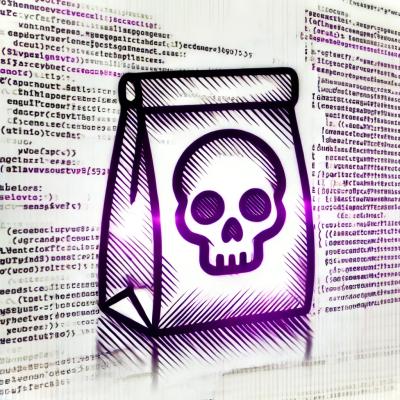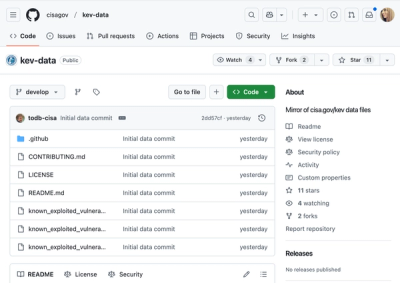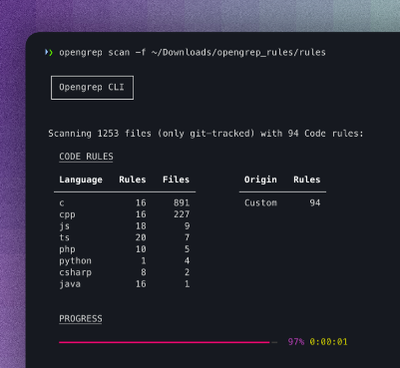



Transform your React app with our state management library! Declare global and local states like variables, powered by the magic of React hooks 🪄✨
Features & Advantages
- Simple, familiar, flexible and very minimal core API but powerful
- Built-in support for state persistence
- Very easy to learn because its API is very similar to react state hook's API
- Support selecting deeply nested state
- Support creating state dynamically
- Can be used outside react components
- Doesn't wrap your app in context providers
- Very organized API, You can do almost everything with a single import
Want to see how this library is making all that possible?
Check out the full documentation at yezyilomo.github.io/state-pool
You can also try live examples Here
How it Works
-
Create a state
-
Subscribe a component(s) to the state created
-
If a component wants to update the state, it sends update request
-
When a state receives update request, it performs the update and send signal to all components subscribed to it for them to update themselves(re-render)
Installation
npm install state-pool
Or
yarn add state-pool
Getting Started
Using state-pool to manage state is very simple, all you need to do is
- Create and initialize a state by using
createState - Use your state in your component through
useState hooks
These two steps summarises pretty much everything you need to use state-pool.
Below are few examples showing how to use state-pool to manage states.
import React from 'react';
import { createState } from 'state-pool';
const count = createState(0);
function ClicksCounter(props){
const [count, setCount] = count.useState();
const incrementCount = (e) => {
setCount(count+1)
}
return (
<div>
Count: {count}
<br/>
<button onClick={incrementCount}>Click</button>
</div>
);
}
ReactDOM.render(ClicksCounter, document.querySelector("#root"));
The other way to do it is using useState from state-pool
import React from 'react';
import { createState, useState } from 'state-pool';
const count = createState(0);
function ClicksCounter(props){
const [count, setCount] = useState(count);
const incrementCount = (e) => {
setCount(count+1)
}
return (
<div>
Count: {count}
<br/>
<button onClick={incrementCount}>Click</button>
</div>
);
}
ReactDOM.render(ClicksCounter, document.querySelector("#root"));
What about local state?
With state-pool, state are just like variables, if declared on a global scope, it’s a global state and if declared on local scope it’s a local state, so the difference between global state and local state in state-pool lies where you declare them just like variables.
Here is an example for managing local state
import React from 'react';
import { useState } from 'state-pool';
function ClicksCounter(props){
const [count, setCount] = useState(0);
const incrementCount = (e) => {
setCount(count+1)
}
return (
<div>
Count: {count}
<br/>
<button onClick={incrementCount}>Click</button>
</div>
);
}
ReactDOM.render(ClicksCounter, document.querySelector("#root"));
If you don't want state-pool's useState to collide with React's useState you can import StatePool and use the hook from there,
Here is an example
import React from 'react';
import StatePool from 'state-pool';
function ClicksCounter(props){
const [count, setCount] = StatePool.useState(0);
const incrementCount = (e) => {
setCount(count+1)
}
return (
<div>
Count: {count}
<br/>
<button onClick={incrementCount}>Click</button>
</div>
);
}
ReactDOM.render(ClicksCounter, document.querySelector("#root"));
Isn't StatePool.useState the same thing as React.useState?
Definitely. not!...
Both can be used to manage local state, and that's where the similarity ends. StatePool.useState offers more features, for one it offers a simple way to update nested data unlike React.useState, it's also flexible as it's used to manage both global state and local state. So you could say React.useState is a subset of StatePool.useState.
Here is an example of StatePool.useState in action, updating nested data
import React from 'react';
import StatePool from 'state-pool';
const user = StatePool.createState({name: "Yezy", age: 25});
function UserInfo(props){
const [user, setUser, updateUser] = StatePool.useState(user);
const updateName = (e) => {
updateUser(user => {
user.name = e.target.value;
});
}
return (
<div>
Name: {user.name}
<br/>
<input type="text" value={user.name} onChange={updateName}/>
</div>
);
}
ReactDOM.render(UserInfo, document.querySelector("#root"));
With React.useState you would need to recreate user object when updating user.name, but with StatePool.useState you don't need that, you just update the value right away.
That's one advantage of using StatePool.useState but there are many more, you'll learn when going through documentation📝.
Store based example
If you have many states and you would like to organize them into a store, state-pool allows you to do that too and provides a tone of features on top of it.
Here are steps for managing state with a store
- Create a store(which is basically a container for your state)
- Create and initialize a state by using
store.setState - Use your state in your component through
store.useState hooks
These three steps summarises pretty much everything you need to manage state with a store.
Below are few examples of store in action
import { createStore } from 'state-pool';
const store = createStore();
store.setState("count", 0);
function ClicksCounter(props){
const [count, setCount] = store.useState("count");
return (
<div>
Count: {count}
<br/>
<button onClick={e => setCount(++count)}>Click</button>
</div>
);
}
import { createStore } from 'state-pool';
const store = createStore({"user", {name: "Yezy", age: 25}});
function UserInfo(props){
const [user, setUser, updateUser] = store.useState("user");
const updateName = (e) => {
updateUser(user => {
user.name = e.target.value;
});
}
return (
<div>
Name: {user.name}
<br/>
<input type="text" value={user.name} onChange={updateName}/>
</div>
);
}
State-pool doesn't enforce storing your states in a store, If you don't like using the architecture of store you can still use state-pool without it. In state-pool, store is just a container for states, so you can still use your states without it, in fact state-pool doesn’t care where you store your states as long as you can access them you're good to go.
Pretty cool, right?
Full documentation for this project is available at yezyilomo.github.io/state-pool, you are advised to read it inorder to utilize this library to the fullest. You can also try live examples here.
Running Tests
If you've forked this library and you want to run tests use the following command
npm test






